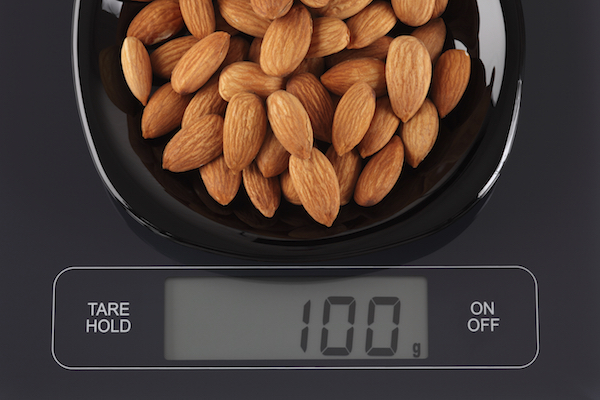Macro-nutrients are the latest obsession within the gym world, with fitness professionals swearing by them. But is counting macronutrients a better way to stay fit and healthy than counting calories? Vicky Hadley asks the experts
What are macro-nutrients, anyway?
Macro-nutrients (shortened to ‘macros’ by those in the know) are nutrients required to give us energy to keep our body functioning. The three macro-nutrients are fats, carbohydrates and proteins and by consuming the correct amount of macro-nutrients for your desired results, whether that is muscle gain, fat loss or toning up, you are more likely to achieve your bodily goals.
Macros are a fairly simple method to allow you to count your three food groups. This is worked out via a ratio format, the basic ratio is 40 percent carbohydrates, 30 percent fat and 30 percent protein. However, when we work out our individual percentage to fit our bodily goals the ratios will change as we have to take our height, weight and desired goal into perspective.
So, how do we work out our own macronutrients? To illustrate I have spoken to the experts to find out why counting macros is more beneficial than counting calories and followed their formula to work out my own macronutrient break down.
Why do we need macro-nutrients?
‘When we talk about eating a balanced diet we are actually talking about balancing the amounts of fats, carbohydrates and protein in your diet,’ says trainer Matt Hodges, founder of The MPH Method. ‘To find out your personalised macronutrient ratio we tend to work in ratios depending on your body goals, be that fat loss, muscle gain or toning’, says Hodges.

Working out what I need
‘For a general use of the macro formula you can multiply your body weight in pounds by 18 for weight gain and by 12 for weight loss’, Chiriaco asserts.
As I weigh 114 pounds and want to build muscle and gain weight I would multiply 114 by 18, which gives me 2052, meaning ideally I should be consuming around 2052 calories per day to help me build muscle.
I should be eating around one gram of protein per pound of body weight
‘Fat should be around 20-30 percent of your diet as should protein and the remainder should ideally be carbohydrates’, Chiriaco says. I have been advised to have the higher end of the 20-30 boundary.
So if I was consuming 2052 calories a day that would be broken down into the three food groups. I would have around 30 percent protein sourced from protein powder, meats and eggs, 27 percent fats such as oils, avocado and fish. The remaining percentage of 42 will come from carbohydrates such as rice, quinoa and oats.
To work out the amount of calories of each macronutrient you need, you multiply 2052 (my recommended calorie intake) by 0.4 for carbohydrates and 0.4 for protein. However, as fat is nine calories per gram I would multiply 2052 by 0.9 for fat.
This works out at 554 calories for fat, 615 calories for protein and 883 calories for carbohydrates. If you wanted to take this even further to work out how many grams this would be you would divide the amount of calories per macro, so 883 for carbohydrates by four to get grams. You would do the same with protein but divide the amount of calories for fat which is 554 by nine to work out how many grams of fat I would be consuming.
So, how long would it be before I see results
When can I hope to see changes if I follow my correct macro-nutrients over a period of time? ‘It depends on how much you are exercising, but normally within eight weeks you are likely to see results in that time,’ says Hodges.
What happens when you miss out a certain macro group?
Often people miss a certain macro-nutrient from their diets, such as carbs or fat as we assume that by cutting our carbohydrates or fat macro-nutrients we will lose body fat. ‘Over the years many people have followed a high fat low carbohydrate diet (HFLC) especially within the fitness world and although HFLC diet plans have proven effective at weight loss they also can cause mood and sleep imbalances’, Justin Maguire, founder of Fe gym says. ‘Cutting out a source of nutrition whether it may be carbohydrates or fats it will inevitably lead to eventual imbalance of a physiological and psychological system.
By ensuring you have the correct amount of macro-nutrients in your diet ‘you can not only build muscle but you can also burn fat far more effectively too’, Maguire says.
MORE: How much protein do we REALLY need for weight loss?
TRY: The MyFitnessPal App, (free) from the app store to help you track your macros effectively.
Like this article? Sign up to our newsletter to get more articles like this delivered straight to your inbox.

























































